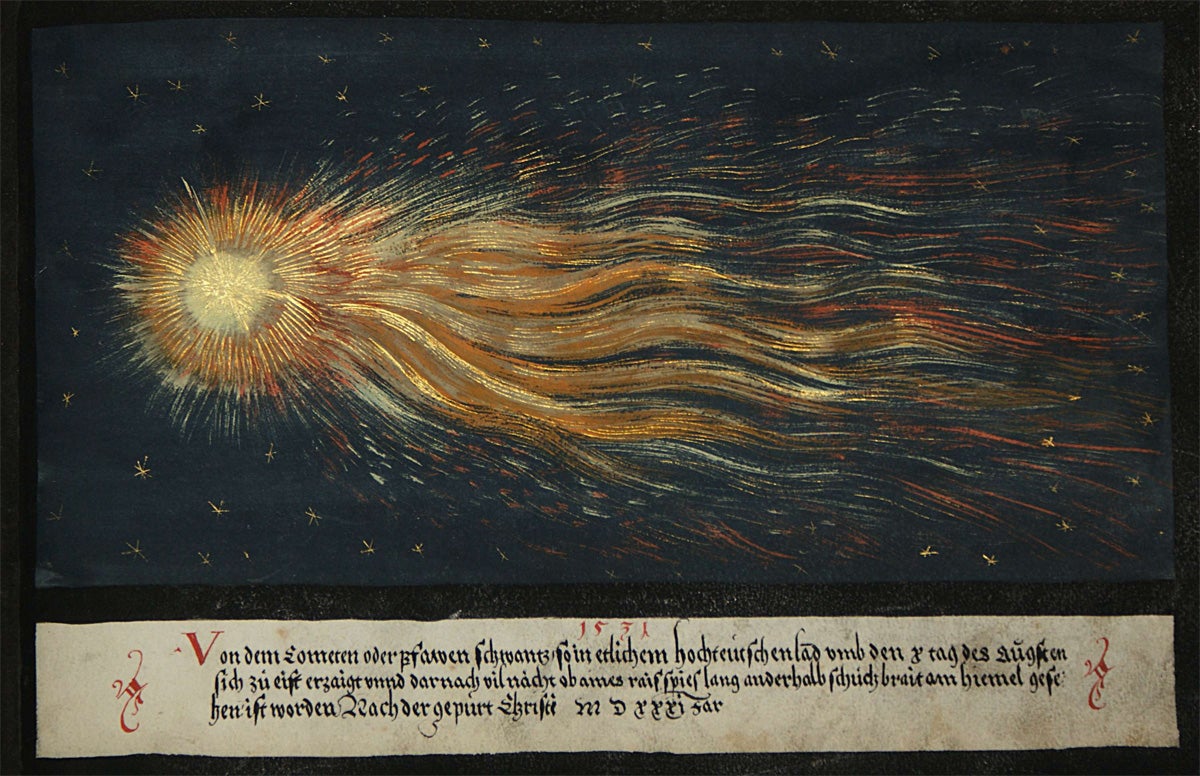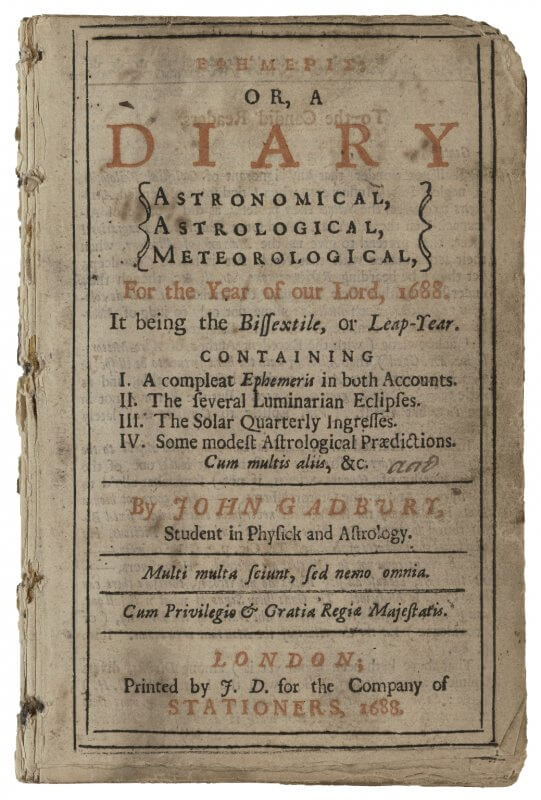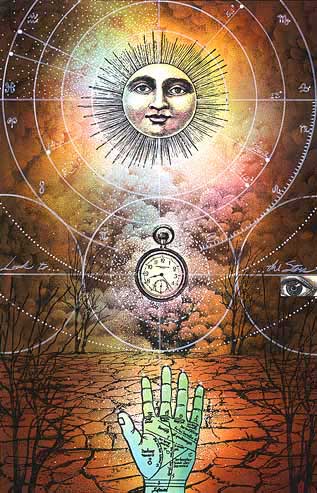
122-123, for a new join to one of the Nineveh manuscripts published by van Soldt, and for the publication of a further manuscript ( BM 53823). Fincke, “ Additions to already edited enūma anu enlil (EAE) tablets, part II: The tablets concerning the appearance of the sun published in PIHANS 73, part I”, Kaskal, vol. Gehlken, “ Sonnenaufgang in Sippar: Tafel 27 der Serie Enūma Anu Enlil”, in Studi sul Vicino Oriente Antico dedicati alla memoria di Luigi Cagni, S. In addition, for the publication of a further manuscript of the base text (BM 77480+, from early Achaemenid Sippar) that includes the omens commented on in this commentary, see E.

85 for an introduction to this Tablet, including the edition of the commentary that is re-published here. Nederlands Instituut voor het Nabije Oosten, 1995. van Soldt, Solar omens of Enūma Anu Enlil: Tablets 23(24)-29(30). The proposal that this commentary represents one of two recensions of this Tablet is that of J. The parallels between the omens in this commentary and those in a manuscript of the Tablet from Achaemenid Sippar were first noted by E. 21-30 of the commentary consistently explain the setting of the sun in the base text as meaning a solar eclipse. Hunger’s 1968 designation).Īs van Soldt notes, ll. On the reverse, the commentary is separated by a single ruling from a) the catchline of Tablet 28 (29), b) a rubric that seems to conform to mukallimtu type 2a (following the categorization by Frahm 2011), and c) the colophon, which states that the manuscript belongs to the palace of Ashurbanipal (probably colophon ‘Assurbanipal Typ a,’ following H. After the first line, most of the text on the obverse is lost. The manuscipt is written in Neo-Assyrian script and has a landscape orientation.

The commentary is written in Neo-Assyrian script and in indentation-format, as is typical of commentaries designated “ mukallimtu” from Nineveh ( see here).

1 Tablet 27 (28) is a particularly poorly attested Tablet of this treatise its preserved omens are for the most part derived from phenomena that occur at sunrise (in the first part of the Tablet) and sunset (in the second part of the Tablet). In its current state of preservation, this commentary deals with twelve omens derived from the appearance of the sun and drawn from the end of the ‘Babylonian’ recension of Tablet (‘Chapter’) 27 (28) of Enūma Anu Enlil, the divination treatise on omens derived from celestial and meteorological phenomena.


 0 kommentar(er)
0 kommentar(er)
